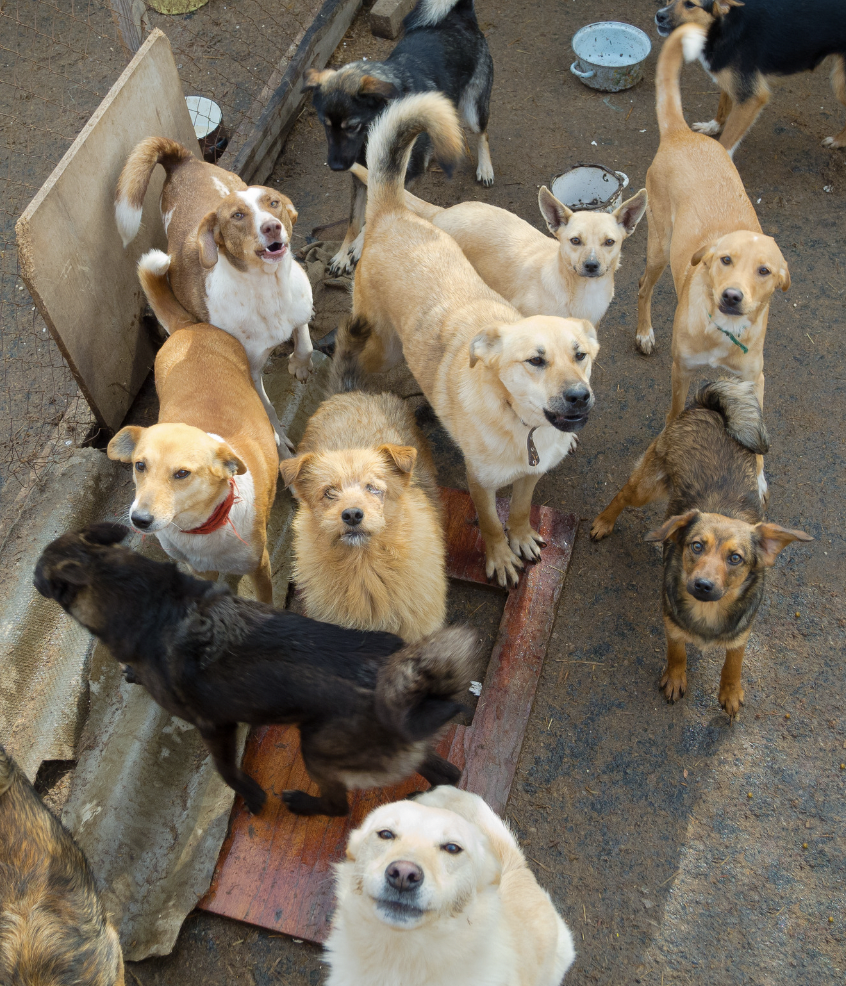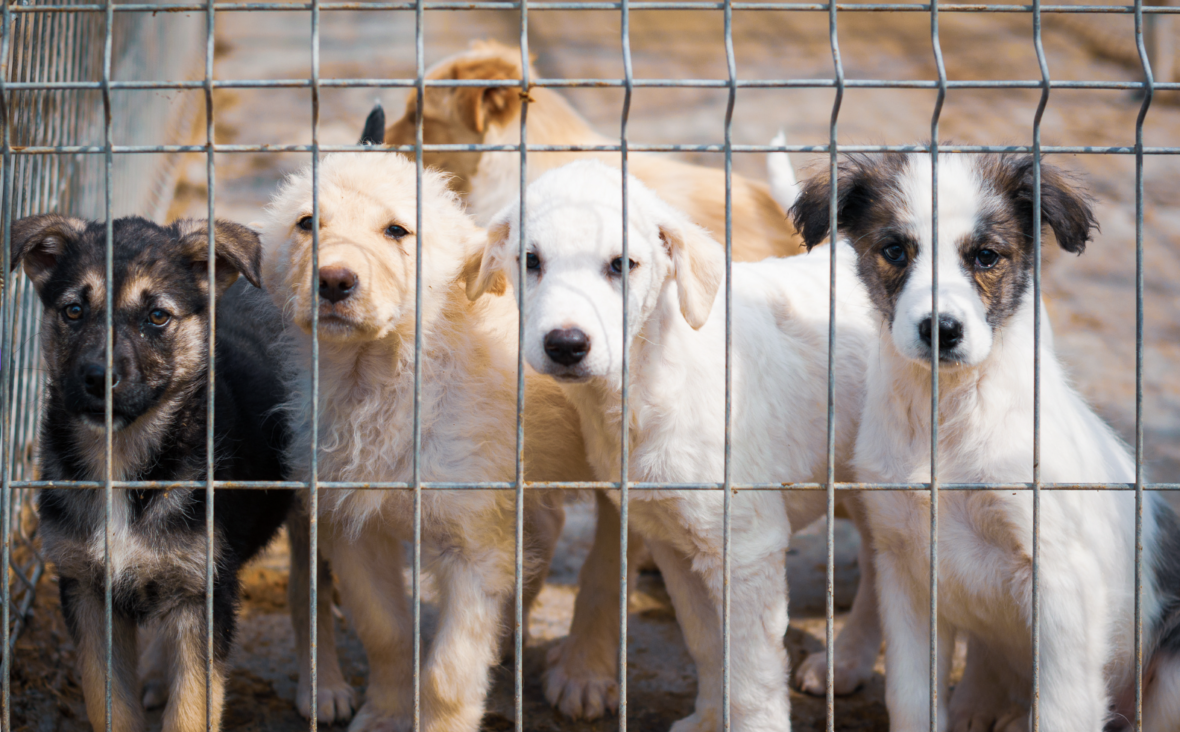Stray Dogs Have Increased 30% In Last Two Years
The United States is grappling with a concerning surge in stray dog cases, revealing a staggering 30% increase in shelter intake over the past two years in this post-pandemic world. This alarming escalation unveils a complex web of factors driving the crisis in 2023.

Why Are There So Many Strays?
Some people may have adopted dogs during the covid lockdowns to cope with loneliness, boredom or stress, but later realized that they could not afford or care for them properly. Others may have faced financial difficulties, health problems or relocation issues that forced them to give up their dogs.
Unfortunately, many of these dogs end up on the streets, in shelters or in euthanasia programs, adding to the existing population of homeless animals. This situation poses a challenge for animal welfare organizations, local authorities and responsible pet owners who want to reduce the suffering and environmental impact of stray dogs.
1. Pet Abandonment

A mere 10% of sheltered animals are reunited with owners, shedding light on the rampant issue of pet abandonment. Disturbingly, instances of dogs left in the care of groomers or pet sitters and never retrieved are on the rise, while microchipped strays are knowingly left at the shelter.
2. Limited Access to Spay/Neuter Services

Scarce affordable spay and neuter services in marginalized communities contribute to unchecked reproduction, flooding shelters with unwanted litters.
3. Cruelty Toward Animals

Stray dogs caught in the web of hoarding, dogfighting, and exploitative puppy mills suffer trauma that often overwhelms shelters and rescues, leading to difficult decisions.
4. Impact of Natural Disasters

Natural calamities displace pets, severing owner bonds and leaving animals to wander or join existing strays.
Animal Transfers Plunge, Straining Shelter Ecosystem
In the intricate tapestry of animal sheltering, transfers have long been a linchpin for maintaining equilibrium, redistributing adoptable dogs and puppies from overcrowded shelters to areas of greater demand. However, recent data underscores a disconcerting trend—dog transfers have declined by 14% compared to 2022 and a staggering 23% compared to 2021. This descent marks three years since the pre-pandemic norm.

Stephanie Filer, Executive Director of Shelter Animals Count, highlights the escalating challenge, particularly in Q2, where transfer rates reached a three-year low. Amidst a lack of volunteer support and mounting local needs, shelter-to-shelter transports wane, exacerbating an already strained system.
Growth in dog adoptions is not expected in the short term, and they might even decrease from the numbers seen in 2022. At the same time, more dogs are coming into shelters, with a 4% increase compared to the same months last year. This imbalance is affecting both cats and dogs and has led to a 14% rise in euthanasia, in the first half of 2023.
Pathways to address the crisis demand immediate action

Dealing with overcrowded shelters requires a collaborative effort from various stakeholders, including the public. Here are some ways to address this challenge:
1. Adoption and Foster Programs
Encourage people to adopt pets from shelters instead of buying from breeders. Promote fostering to temporarily provide homes for animals, freeing up space in the shelter.

2. Spaying and Neutering
Advocate for responsible pet ownership by spaying and neutering pets to prevent overpopulation in the long term.
3. Volunteer and Donate
Volunteer at local shelters or donate supplies, funds, or time to support their operations. Your assistance can help alleviate the burden on shelter staff.

4. Public Awareness Campaigns
Raise awareness about the issue of overcrowding through social media, community events, or local news outlets. Educate the public about the benefits of adopting and fostering.
5. Trap-Neuter-Return (TNR) Programs
For feral cats, TNR programs can help control their population growth while ensuring their well-being.
6. Support Animal Welfare Organizations

Nonprofits, rescues, and shelters need financial support to provide medical care, food, and shelter for animals. Donating to these organizations can make a significant difference.
7. Responsible Pet Ownership
Educate the public about the responsibilities of pet ownership, including the commitment of time, resources, and care required.

8. Networking and Transfers
Support networking and transfer programs that move animals from overcrowded shelters to areas with higher adoption demand.
9. Spay/Neuter Initiatives
Advocate for accessible and affordable spay/neuter services, especially in underserved communities, to prevent future overpopulation.

10. Lobby for Legislation
Support legislation aimed at animal welfare and preventing pet overpopulation, such as mandatory spay/neuter laws and stricter breeder regulations.
Related Articles:
- Stray Dog Intake Sees Significant Surge: Alarming Increase in Shelter Admissions Raises Concerns
- How To Find Animal Shelter Jobs Near Me: Volunteer + Paid
- Understanding Different Hold Periods For Pets At the Shelter
